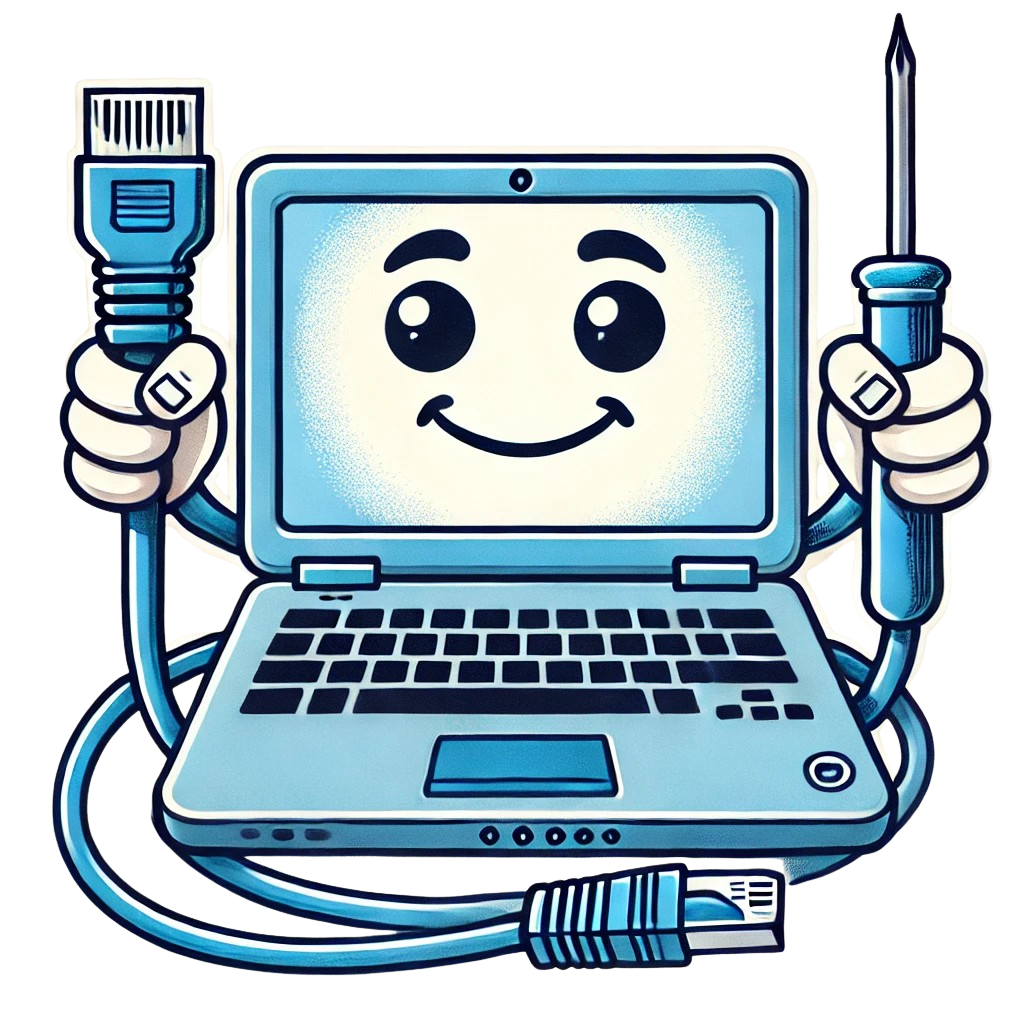Title: Unveiling the Power of Python: A Handy IT Tool
Hello there!
Today, in the vibrant hub of the tech world, let’s dive into the realm of one of the most user-friendly, versatile, and widely lauded IT tools – Python. What makes Python a standout? How can you harness its potential to take your coding practices to new heights? Let’s delve into the details together.
Python is an open-source, high-level programming language that has transformed the IT landscape with its clear, readable syntax that focuses on simplicity and transparency. Emerging as one of the most effective tools to handle the complexities of coding, Python paves a seamless pathway for automated tasks, data analysis, machine learning, network programming, and so much more.
Adored globally by programmers and businesses alike, Python sits at the crux of practicality and efficiency. It is highly-extensible and adaptable, making it an all-purpose language that can be utilized across a wide array of operations. Python’s simplicity makes it extremely beginner-friendly, negating the steep learning curves posed by many other programming languages.
Getting started with Python is a breeze. All you need is a computer system and a reliable Internet connection. Python itself is available for download at Python.org. After downloading, run the installer and follow the simple instructions provided to get Python up and running on your machine.
With Python installed, it’s time to write our first few lines of Python code. The soothing elegance of Python lies in its simplicity. Allow me to illustrate. In Python, to print “Hello, World!”, all you need to do is type the following:
“`python
print(“Hello, World!”)
“`
And voila! With just one line of code, you have your first Python program.
Now, let’s investigate a bit more about Python’s practical applications. Python isn’t just a language; it’s a tool that can be utilized in a multitude of operations. For instance, it holds immense value in automating trivial tasks. Python scripts can save hours of drudgery by automatically, let’s say, renaming and moving around hundreds of files.
Also noteworthy is Python’s aptitude in data analysis and machine learning. With Python’s libraries like Pandas, Numpy, and Scikit-learn, handling complex data structures and implementing advanced machine learning algorithms is no longer a herculean task.
Here is an example of using the Pandas library in Python to create a data frame and display its contents.
“`python
import pandas as pd
df = pd.DataFrame({
‘A’: [‘John’, ‘Mary’, ‘Sam’],
‘B’: [‘Apple’, ‘Banana’, ‘Cherry’]
})
print(df)
“`
On running this script, Python promptly creates a data frame and outputs on your screen.
So, it’s time to ride the Python wave. If you’re looking for an IT tool that offers simplicity, versatility, and power all bundled into one tidy package, Python is your answer. So step ahead, venture into the vast world of Python, and explore the endless possibilities!
Remember, the journey of a thousand miles begins with a single step. Let that be Python for you today. See you in the next discussion. Happy Coding!

Leave a Reply